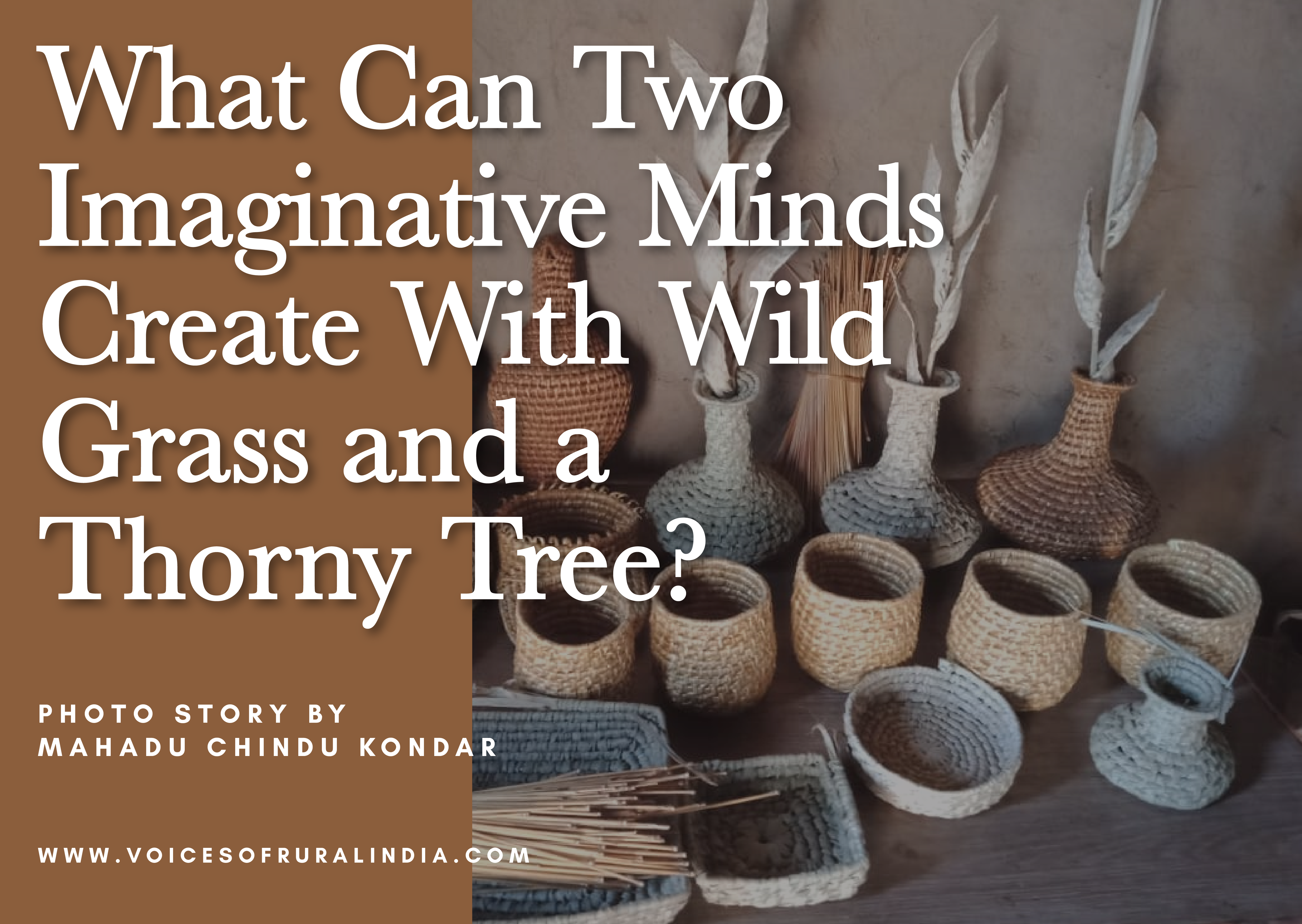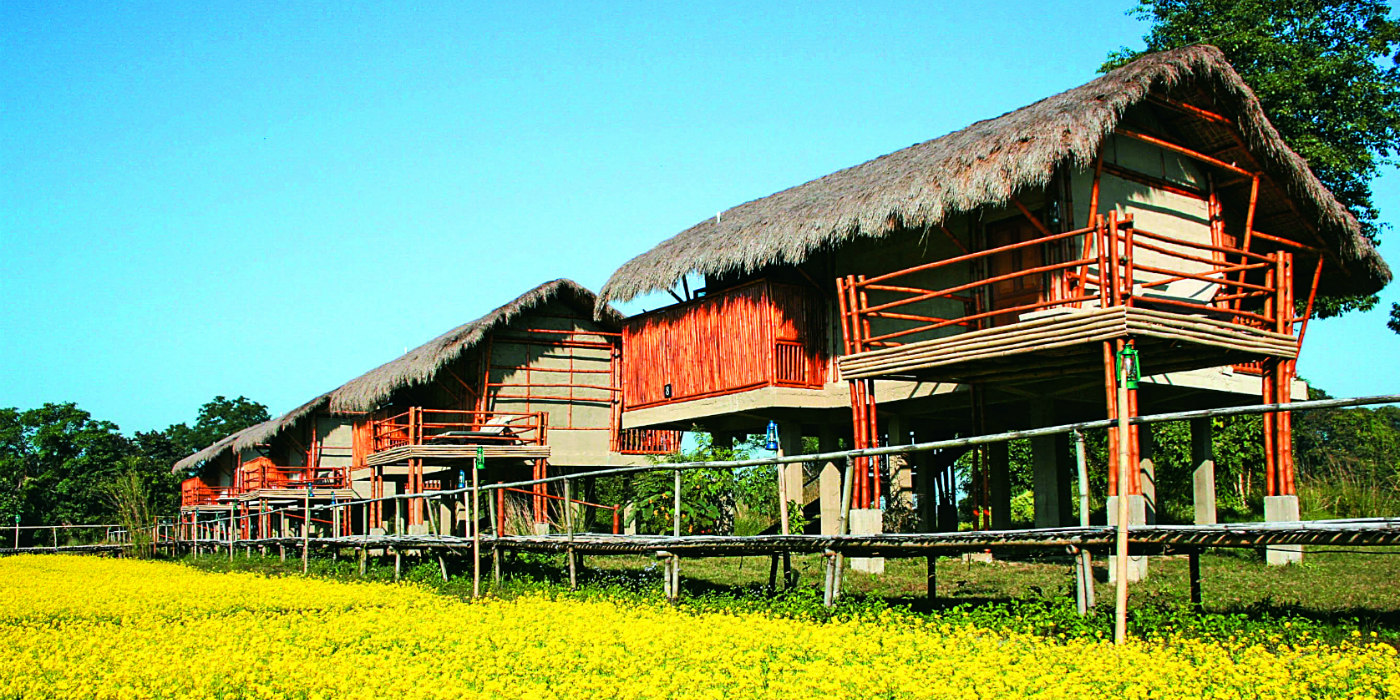
How to choose the right eco alternative for all aspects of your RT property
Starting a Responsible Tourism property can be daunting. One of the primary areas that differentiates an RT site from a regular one is the use of environmental friendly materials and practices, from using local mud as the construction material and installing rain water harvesting systems to segregating waste and following composting. There are viable eco alternatives to every aspect of running a tourism-focused property.
Eco alternatives are about the way in which environmental problems posed by building construction, waste management and water supply are approached, and cannot be reduced to technological fixes as a response to the same
It is no more about every unit you save, but it’s also about the choices you make.
The Basics
On one hand, closeness to nature is often associated in tourism with stereotypes such as lack of amenities, physical discomfort and the absence of fun, while on the other hand, it can be perceived as expensive and designed for wealthy tourists. However, sustainable travel or ecotourism is really about travel and accommodation options imagined and conceptualised to protect and preserve nature, irrespective of price brackets.
Look at a building and site as being nested within an interconnected system: Considerations and decisions about material and resource use, the local community and guest experience have a domino effect on the state of nature in the area, since all parts of an ecological system are interconnected. For example, creating a series of check dams with attention to water runoff and ground conditions can enable a huge rainwater storage area, and that is completely natural. Not only does it improve the microclimate and soil fertility, but it also enhances the guest’s experience. In a project each element cannot be managed through independent solutions. Following connections and flows between elements, resources and nature will enable one to make the most of each resource and reduce waste. Closed loop systems, where the waste from resource use is utilised at the site, help create projects whose net energy consumption is ‘zero’, having a positive impact on the overall ecology of a place.
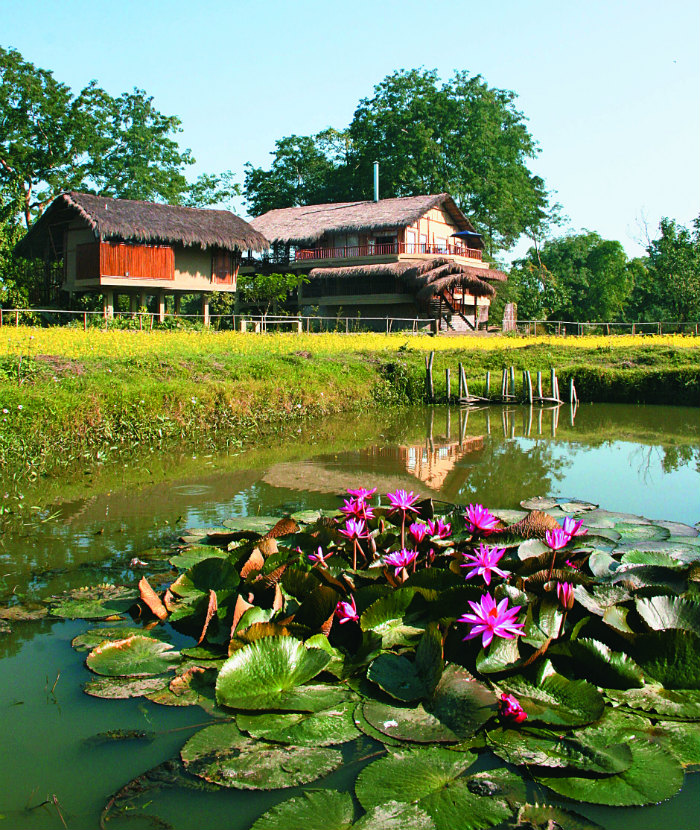
At Diphlu River Lodge (above), near Kaziranga NP in Assam, all the grey water flows into a pond and the water is then used to irrigate the rice and mustard crop grown in front of the cottages
Best views cannot be the sole criteria for siting decisions: What are the potential implications of a particular building site for the landscape, flora and fauna, water supply systems, energy consumption and ambience in that place? Clustering buildings on locations offering best views may have adverse impact on some or all of these aspects.
Opt for energy-efficient alternative technologies to ensure physical comfort: Insulation, double-layered tents, shading devices on glass surfaces and radiant cooling and heating systems below the floor all lower thermal heat loads considerably, causing a substantial reduction in air conditioning and heating demands.
Combining methods works best: A combination of all the above-mentioned energy features works best in maintaining comfortable ambient temperatures, rather than relying on a single method. For example, for heating water, use a combination of a solar panel and a gasifier. The latter uses dried leaves and local biomass instead of wood.
Maximise natural light: Day-lit spaces created without compromising on thermal comforts or increasing your heat loads, help to connect to the outside world.
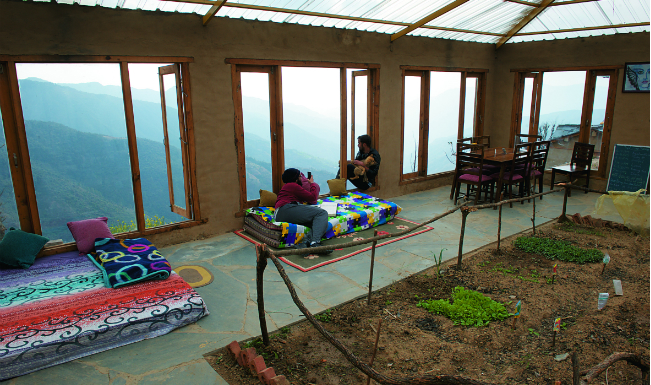
At The Goat Village (above) in Uttarakhand the buildings are built using local materials. Most parts of the properties do not have electricity and in the evenings the common areas and kitchens are lit by solar energy lamps. So the large windows ensure there's plenty of natural light during the day.
Focus on reducing overall energy and resource demands: High energy consumption cannot be offset by green technologies. Focus on reducing your energy consumption on the whole. So a combination of insulation and radiant cooling helps maintain ambient temperature at a comfortable 28°C through the day as compared to the 22°C blast cooling via an air conditioner during peak heat hours on a summer day. Consciously choose low energy and resource consuming technologies. For example, hydropneumatic systems over gravity-fed systems to pump water or system of underground pipes supplying recycled water rather than sprinklers to water lawns.
Choose natural over top-down, artificial and foreign solutions:
1. Water treatment can be done through root zone waste water or eco-sand systems that are completely natural, don’t consume electricity and can be adopted at various scales to cater to the needs of a home, community or city.
2. Use organic oils for termite and pest control in a site, so it prevents entrance of pests but minimises harm to pollinators and other beneficial insects.
3. Use kitchen waste to make nutrient rich organic fertiliser through vermi-composting.
4. It makes ecological sense to use plants suitable to local environmental conditions for landscaping and food crops. Have a list of plants that can be grown and those to be avoided. For example, bougainvilleas are unsuited to a barren site for they increase soil salinity and don't allow other plants to grow.
5. Create landscape structures using stones and other natural material rather than cement to maximise rainwater percolation.
Retrofitting: Most measures like insulation can be retrofitted, which don’t always yield the best results, but will be better than having energy intensive solutions. For instance, you could insulate your building from the outside in a hot place preventing heat from entering, reducing cooling requirements. Retrofitting is not an easy task. You have to make sure you're not actually compromising the structural state, for instance.
Local first: Locally available materials such as bamboo and earth consume less energy. Adhering to structural codes helps ensure the safety of structures built using these materials and can be additionally certified by an architect or a structural consultant. Use of local materials reduces maintenance costs, creates more employment, provides opportunities for easy skill building and forges partnerships that bring a sense of local ownership to a project, ensuring cooperation and collaboration with the community in the long run.
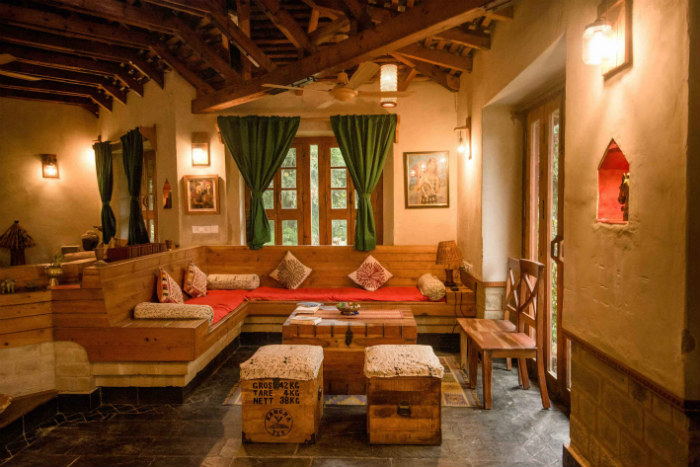
The buildings at The Lodge at Wah (above), in Kangra in Himachal Pradesh, are made of eco-friendly local materials like wood, slate and mud. Much of the wood used is reclaimed and was acquired when the Old Palampur Courthouse was being demolished. The river stone and slate is hand chiseled and the bricks were made with mud excavated when the foundation was being built.
Managing waste: All the waste generated during the construction at your site can be reused in the new building or for landscaping, helping to avoid construction waste that would otherwise go to the dumpyard without recycling. Adapt solid waste and try to use it on your site. Segregate waste at the stage of collection, separating dry and wet waste, plastic and glass using coloured bins. Have a recycling yard to segregate and store the latter. This solid waste is potentially positive income for people who start using it, since it can all be sold in the market. Create your own networks with recyclers, making sure they have enough business.
(This article is adapted from a workshop conducted by Mayank Mishra, Business Head and Strategist, Shift Studio, Delhi at IRTA 2019)




